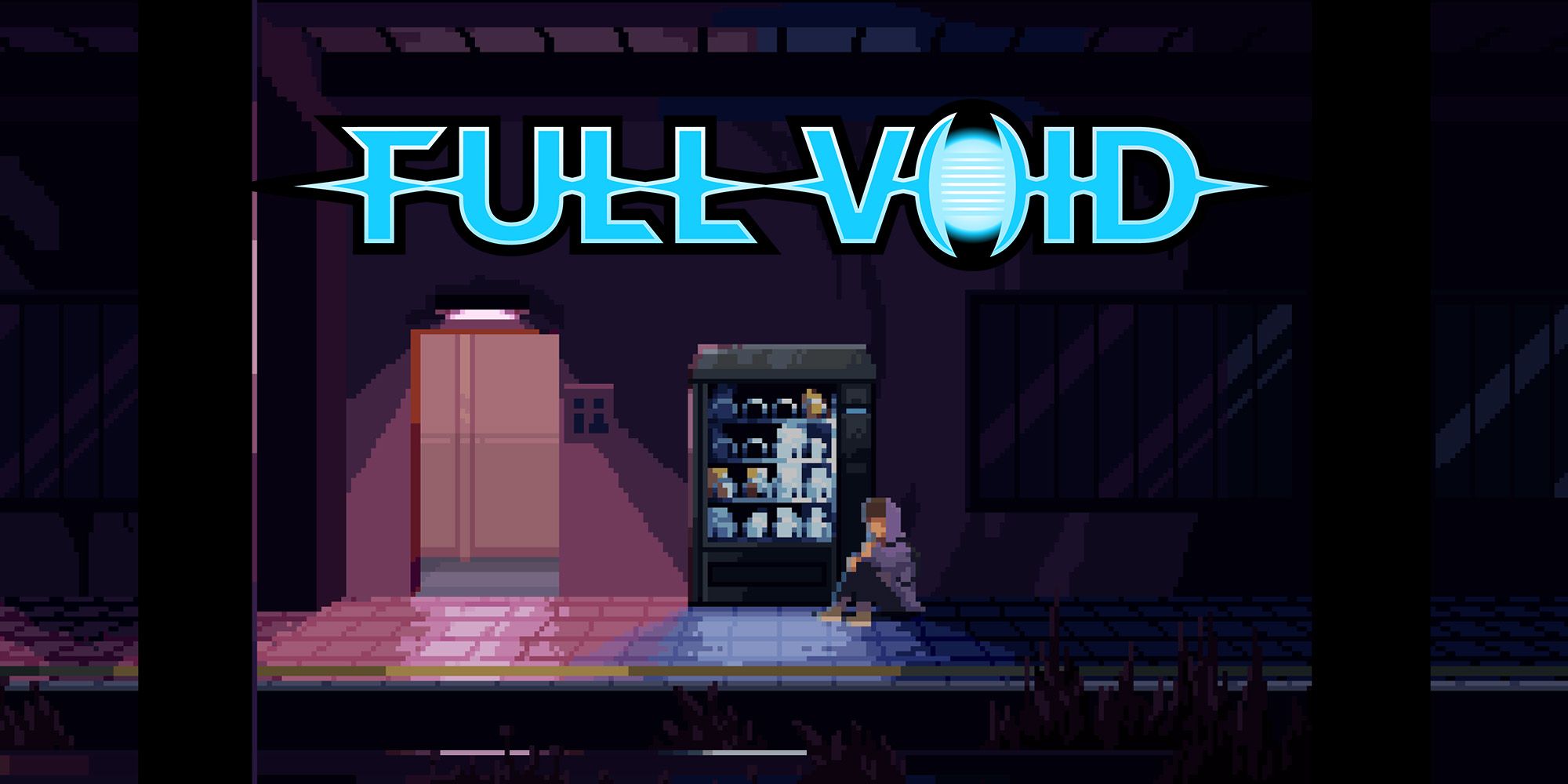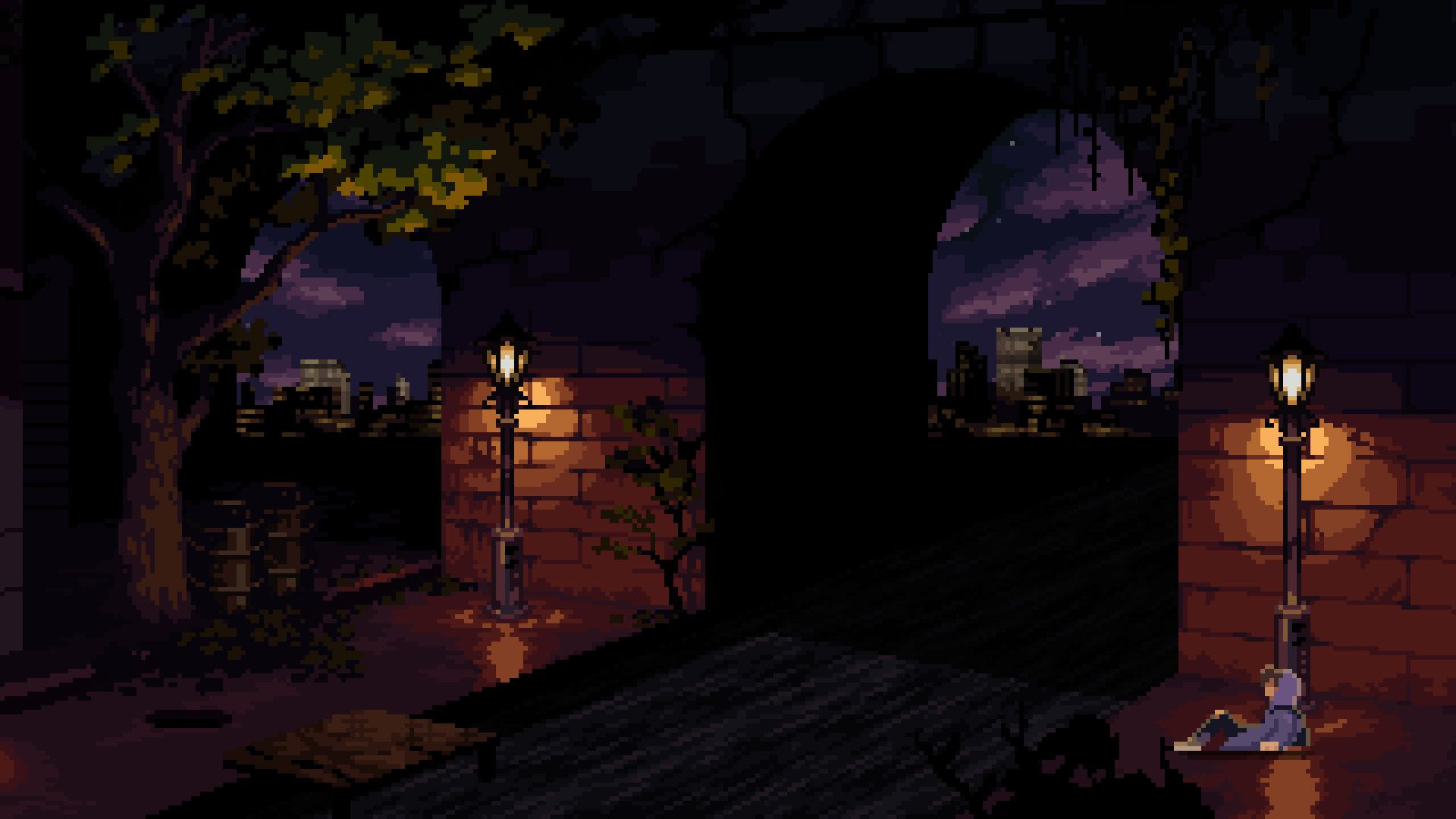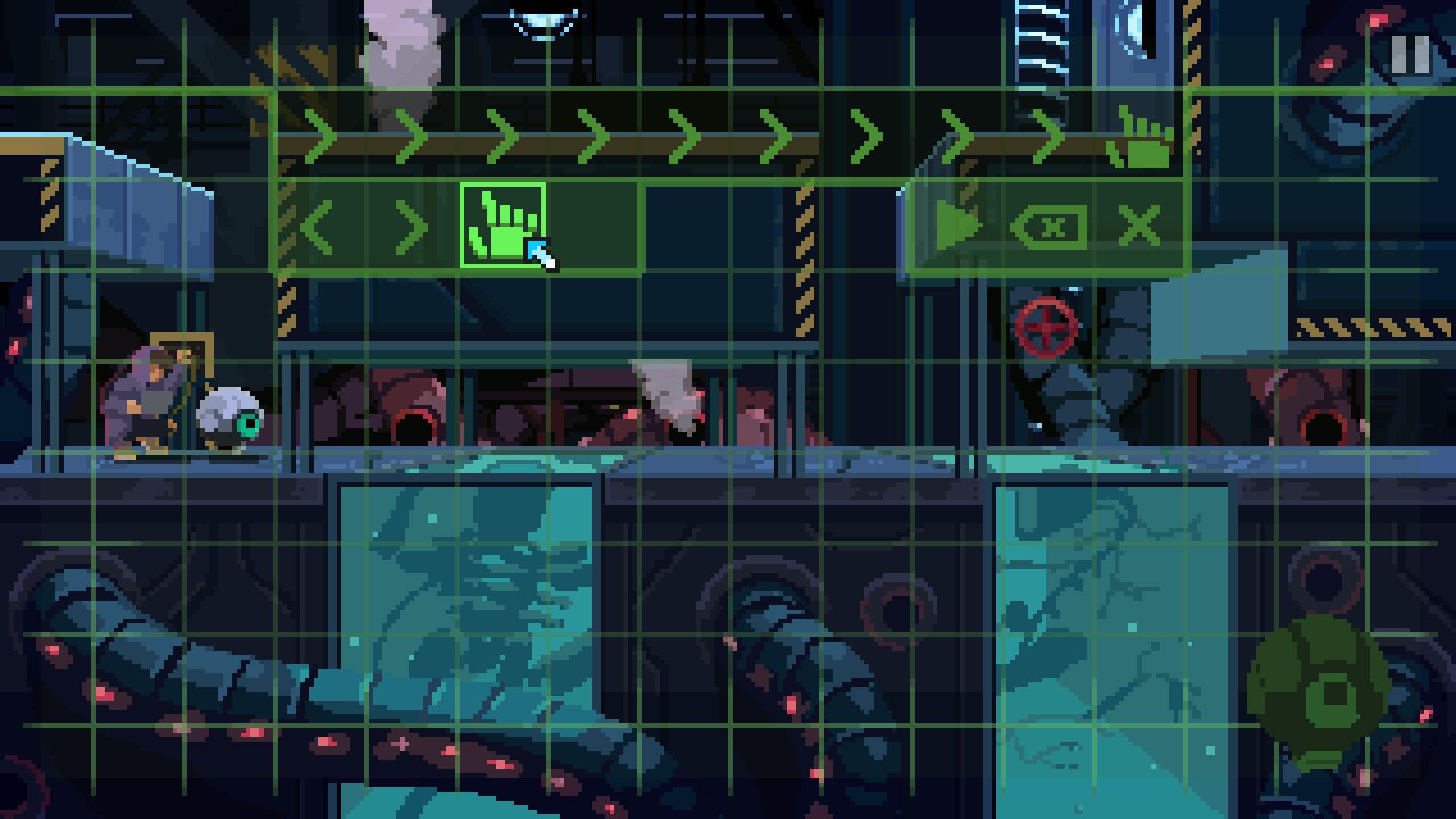Quick Links
Full Void, developed by independent London studio OutOfTheBit, is a somewhat unusual platformer in the modern market. Rather than aiming for snappy, responsive movement that rewards gamers with twitch reflexes, Full Void takes inspiration from titles like Flashback and Prince of Persia to focus more on cinematic value. The game excels in this regard, delivering a rich aesthetic experience that learns wisely from both 16-bit forbears and more modern developments in video game art and sound. Full Void's gameplay, on the other hand, rarely rises above generally solid execution to reach the same heights.
The opening of Full Void takes a refreshingly minimalist tack, displaying the control scheme and playing a short cutscene in the game's pixel art style before launching directly into gameplay. It's an immersive approach that sets the tone for the rest of the game, which forgoes dialogue and tutorialization in favor of a natural learning experience. The basic set-up establishes a boy on a quest through a ruined city as he dodges and outruns biomechanical threats. This adventure is accomplished both by standard running and jumping and by puzzling elements that mix features of puzzle-platformers with adventure game design.
Beautiful Art Reveals An Atmospheric World
Full Void's presentation, to its considerable credit, is a slam dunk. The game isn't a side-scrolling platformer, spreading the rich tapestry of its setting across an extensive series of discrete screens instead. Each of these screens is a beautiful work of pixel art, bursting at the seams with textural detail and dynamic lighting choices that give the world character and depth. The style is loyal to that of 16-bit inspirations in the fundamentals that lend it authenticity while pushing forward with the advantages unlocked by modern hardware, resulting in a consistently excellent visual experience.
Although environmental art is the real standout, other aesthetic elements also serve their duties well. Animated screens that accompany deaths and occasional actions provide effective emphases that are fast enough to remain unobtrusive. The sound design and music both go a long way in supporting the atmosphere, which is tense and alienating without going all-in on horror. CRT filter options don't replicate a tube display effectively enough to be worth using for most players, but an implementation more sophisticated than a scanline overlay shows an appreciable level of care.
Solid Gameplay Mostly Fails To Inspire
The gameplay of Full Void is ultimately playing second fiddle to the aesthetic experience, a task accomplished with more competence than ingenuity. Like the narrative progression, puzzle elements are neatly emergent, with each area of the game presenting new concepts that iterate into increasingly complex solutions. Everything caps at a reasonably low difficulty, shying significantly away from the more frustrating or obtuse segments of most of the game's retro inspirations. A moderate increase in difficulty might be to Full Void's benefit, with the time needed to reach solutions occasionally outpacing the slower process of executing them.
Controls are simple, consisting only of directional inputs and assignments for jumping and interacting. A couple of moments where directional input and a jump or interaction are expected to pair don't feel particularly natural on a keyboard, with a swap to a gamepad making for a much more instinctive experience in both cases. Full Void generally avoids intense platforming segments, which gives players ample time to work out any such sticking points. Its occasional turns to faster pacing, typically deployed when a monster is on the protagonist's tail, feel a bit too simplistic to provide much in the way of thrills.
Full Void's best moments arise when it thinks outside the box, stepping away from the more predictable progression of its basic puzzle elements for fresher concepts. Most of these moments come in the final stretches of the game, which come quickly enough in a runtime that clocks in comfortably under three hours. Scenes that play with depth or require unexpected interactions from the player deliver highlights while gesturing to an approach that, if more consistently employed, could have elevated the overall experience beyond its more rote gameplay aspects.
Final Thoughts & Review Score
Full Void is worth playing for its best moments alone, and the artistic vision that underlies its crumbling world provides a consistently engaging visual feast. Nonetheless, it's hard not to wish that the gameplay more frequently rose above its comparatively mundane tendencies, especially considering a slight runtime that shouldn't necessitate much filler. Players looking for an exciting challenge or brain-teasers to rival the best adventure games might not be completely satisfied, but those compelled by the look of the game will no doubt find plenty to love in its beautiful artwork and atmospheric design of Full Void.
Source: OutOfTheBit/YouTube
Full Void releases July 18, 2023 for PC. Screen Rant was provided with a PC download code for the purpose of this review.



